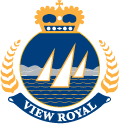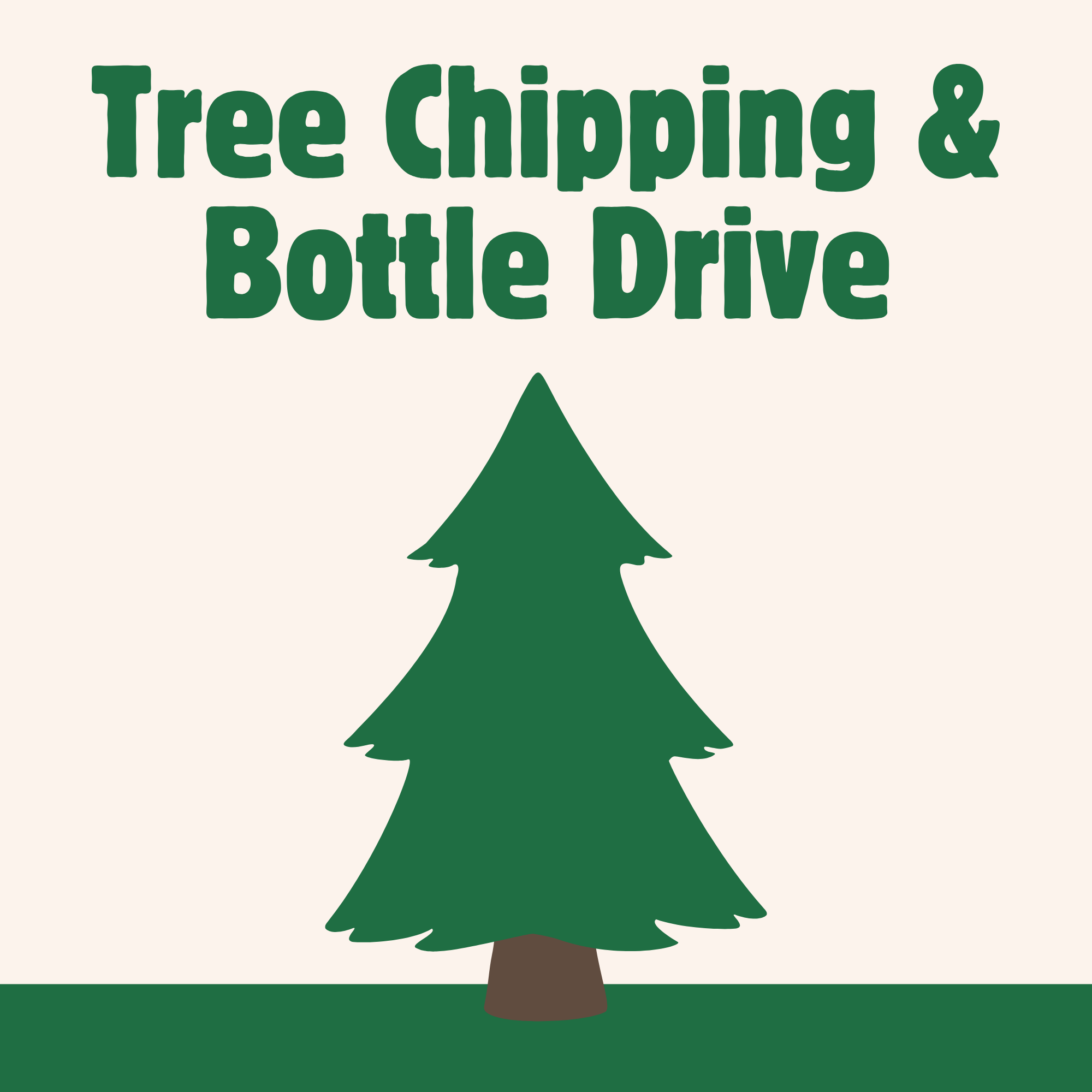Invasive Knotweed Regional Program
August 15, 2014
Knot on My Property: Aggressive Regional Program Tackles Invasive Knotweed
Considered one of the world's worst plant invaders, bamboo-like, highly aggressive knotweeds are large, hollow stemmed shrubs that form large stands and destroy fish and wildlife habitat. Knotweed is now in our region. Knotweed roots can penetrate pavement and damage infrastructure such as roads, foundations, walls, drainage and septic systems. In Britain, knotweed grows rampantly causing severe financial implications, including mortgage refusal on properties with knotweed. Knotweed occurrences in the Capital Region currently are sporadic, and with the help of the public, eradication may still be possible.
The Capital Region Invasive Species Partnership (CRISP), announced the launch of the 2014 regional knotweed control program to eradicate invasive knotweeds from the Capital Region, before they take hold. The program has run successfully for the past two summers and aims to treat all knotweed reports in the region. A free service of professionally conducted stem injection treatment is available from now until early fall. “In neighbouring regions it is already too late” warns Becky Brown, Invasive Plant Specialist, with the BC government, “These plants are capable of growing through four feet of concrete and can reproduce from a fragment no larger than the size of your small finger nail”.
CRISP seeks the assistance of the public to report all outbreaks of knotweed. If you suspect you have knotweed on your property, or notice it in other locations (public or private), please report to the Coastal Invasive Species Committee (email info@coastalisc.com or call 250-857-2472). Do NOT dig or compost any portion of the plant, as even fragments can re-grow. Cutting, mowing, and pulling stimulate shoot growth and may cause roots to spread further resulting in new infestations up to 20 metres away.
"Knotweed is a bully in the plant world. It's an invasive and aggressive plant that spreads easily and can impact property values, the environment and cause safety issues on roadways. Look for www.knotonmyproperty.com to learn more ways to defend your property from invasion”, explains Rachelle McElroy, Executive Director of the Coastal ISC.
Asphalt damage caused by knotweed.
Knotweed leaves and flowers.
Successfully treated Knotweed site.
Knotweed growing around a drainage system.
For further information:
Coastal
Invasive Species Committee/ Capital Region Invasive Species Partnership (CRISP)
info@coastalisc.com or 250-857-2472.
Media questions and photo opportunities, please contact:
Rachelle McElroy,
Executive Director, Coastal Invasive Species Committee
Email: rachelle@coastalisc.com
Phone:
250-857-2472
Carolyn
Richman, Chair of CRISP and Environmental Education Officer, District of
Saanich (Mon – Wed only)
Email: carolyn.richman@saanich.ca
Phone:
250-475-5475
Go to Top

